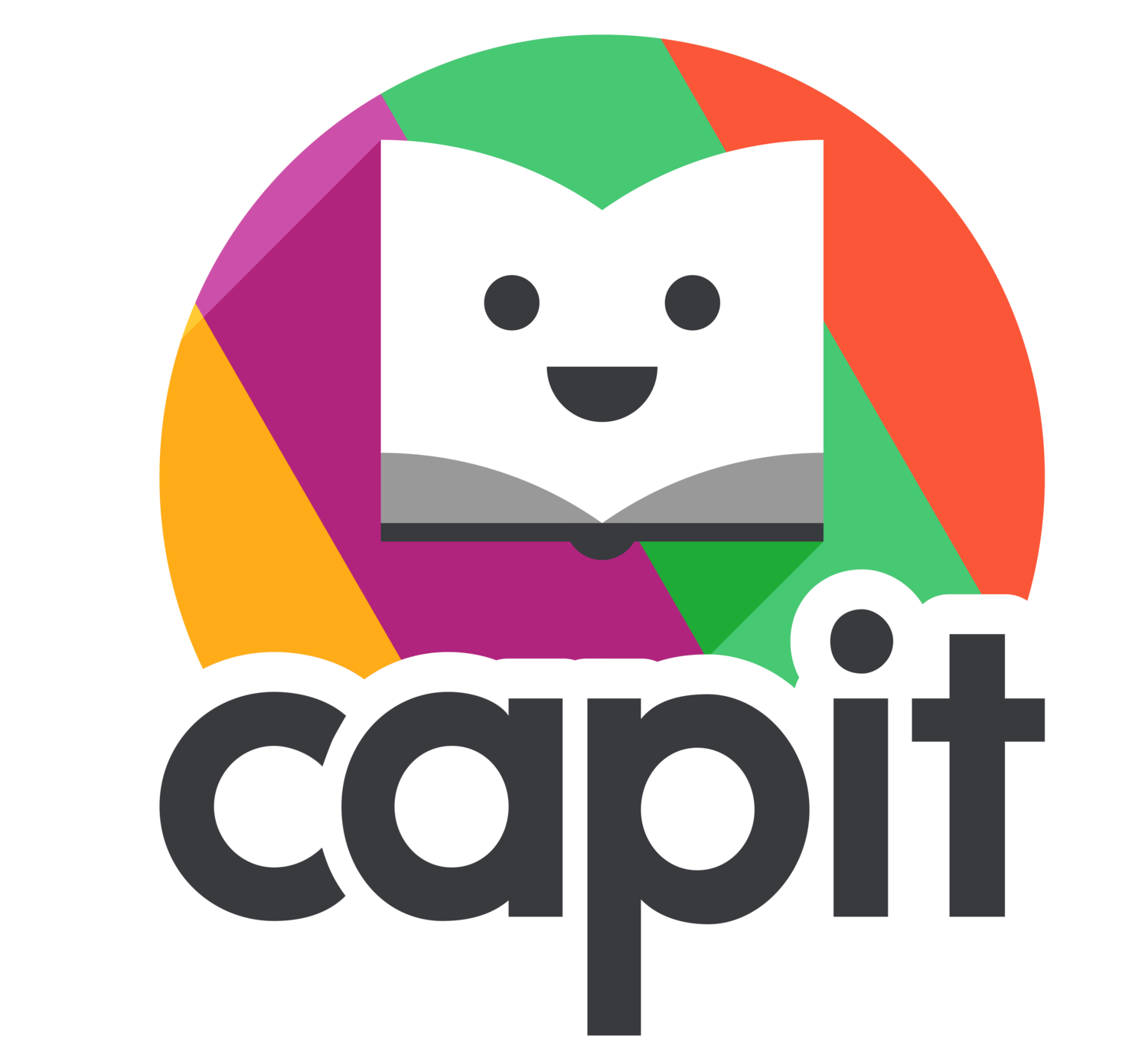3 Reasons Schools and Districts Hesitate
to Embrace the Science of Reading
By Eyal Rav-Noy
February 12, 2024
The Science of Reading, a comprehensive body of research on reading acquisition, is reshaping the landscape of literacy education. Despite its transformative potential, a significant number of schools and districts remain hesitant to (fully) adopt this approach. Unpacking the underlying causes of this reluctance is crucial for devising strategies to overcome it.
Budget Constraints: One of the primary reasons schools and districts struggle to adopt new reading solutions is budget limitations. Comprehensive literacy programs can be expensive, and many educational institutions operate under tight financial constraints. This makes the transition to a science-based reading program seem unattainable.
Resistance to Change: Change is challenging in any organization, and schools are no exception. Teachers and administrators may be accustomed to traditional methods of teaching reading. The shift to a science-based approach requires new materials and resources and a significant shift in teaching practices and philosophies.
Lack of Awareness and Training: Finally, a lack of awareness about the Science of Reading and insufficient training can hinder adoption. Educators need to understand the benefits of this approach and receive proper training to implement it effectively and with fidelity.
These are legitimate challenges, and they can be overcome.
Navigating Budget Constraints
Creative Funding: Schools have several innovative strategies to manage funding challenges. Engaging with the Parent-Teacher Association (PTA) can open avenues for financial support, as is tapping into Title One Funding or Reading Support and Achievement (RSA) funding. Exploring cost-effective solutions and programs is also a practical approach.
Phased Implementation: A strategic, phased implementation can further alleviate budget pressures. Starting with one or two committed teachers as early adopters allows for a gradual introduction to the new curriculum. These pioneers can then champion the program, expanding it to additional classrooms over time, ensuring a smooth and sustainable transition.
Grants: Moreover, some vendors, foundations, and state and federal government offer specialized grants, providing essential financial aid. These grants make it possible for schools and districts to adopt high-quality, science-based reading programs without overextending their financial resources.
Overcoming Resistance to Change
It has been said that schools are inherently conservative and resistant to change. This is understandable: change takes time and resources. The following suggestions may help.
Pilot Programs: Implement pilot programs in select classrooms or grades. This allows a small group of teachers to become proficient with the new approach and demonstrate its effectiveness. Success stories and positive results from these pilot programs can be powerful in convincing other teachers to embrace the change.
Inclusive Decision-Making: Involve teachers and administrators in the decision-making process. This could include forming committees to evaluate different science-based reading programs or to help plan the implementation strategy. When educators feel their voices are heard, and their expertise is valued, they are more likely to support and engage with new initiatives.
Highlighting the Benefits: Communicate the benefits of the science-based approach to all stakeholders, including teachers, administrators, and parents. Emphasize how this approach will improve literacy outcomes and prepare students for future academic challenges.
Gradual Implementation: Instead of a complete overhaul, gradually integrate the new approach into the existing curriculum. This could involve starting with certain components of the science-based approach and slowly building up as teachers and students become more comfortable.
Addressing a Lack of Awareness and Training
Professional Development and Training: Ensure your vendor offers comprehensive training programs for teachers and administrators. These should focus on how to use the new science-based reading materials and resources and on understanding the underlying research and principles. Well-designed training sessions can help educators feel more confident and prepared to implement the new methods.
Ongoing Support: Ensure that teachers have continuous access to support and resources. This could include having a dedicated team or individual for technical and pedagogical support, providing regular workshops, and creating a resource hub with teaching materials, guides, and best practices.
Lastly, be sure to recognize and celebrate the efforts and achievements of teachers and students as they adapt to the new approach. Positive reinforcement can go a long way in building morale and encouraging a culture of innovation and continuous improvement.
Reading Grants
I am thrilled to share with readers that Capit Learning has just launched its Spring Grants. I have been blessed to sit on the CAPIT Grant Board and see firsthand the effects reading grants have on thousands of students around the country. Since 2021, Capit Learning has awarded close to a million dollars in grants, helping schools and districts close the reading gaps with CAPIT’s evidence-based curriculum.
To apply for a reading grant, CLICK HERE.


